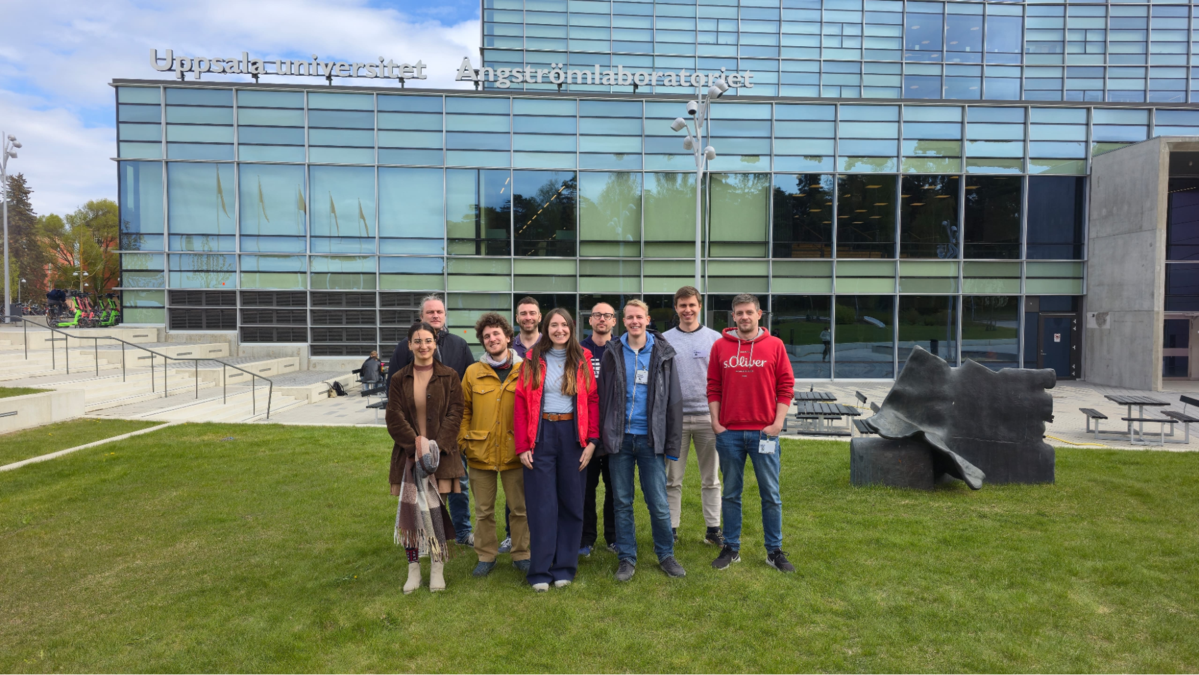Belle II Tracking Workshop 2025 in Uppsala
In preparation for the next data-taking campaign in late 2025, experts from the Belle II collaboration gathered in Uppsala, Sweden, for their 2025 Tracking Workshop. During this three-day meeting, they discussed one of the critical components of the experiment: reconstructing particle tracks. From detector alignment to high-level trigger performance, the workshop brought together hardware experts, software developers, and analysts for an open exchange of ideas and tools. As the SuperKEKB collider pushes to higher luminosities, which comes with increased backgrounds, the demand for faster, more accurate tracking continues to grow. In that spirit, the workshop highlighted both refinements to traditional algorithms and new track-finding methods using machine learning (ML).
The Belle II group at the Karlsruhe Institute of Technology (KIT) is leading the ML tracking efforts within the collaboration and is known for its expertise in graph neural network (GNN)-based track reconstruction. MSc student Tristan Brandes presented a GNN track finder for the Silicon Vertex Detector, designed to identify tracks in the experiment’s innermost layers. PhD student Lea Reuter followed with KIT’s full GNN pipeline “CATFinder,” short for “CDC AI Track Finder” (published in Comput. Softw. Big Sci. 9 (2025) 1, 6) for the central drift chamber. The newest iteration of CATFinder, discussed in Sweden, now combines a GNN based hit filter (also developed at ETP) with the end-to-end AI track finder. While CATFinder was originally developed to improve reconstruction of long-lived particles, it also shows excellent symmetry between positively and negatively charged tracks. This is a surprising and very promising feature for Belle II, an experiment optimized to detect the smallest differences between matter and antimatter.
Contact: Prof. Torben Ferber


